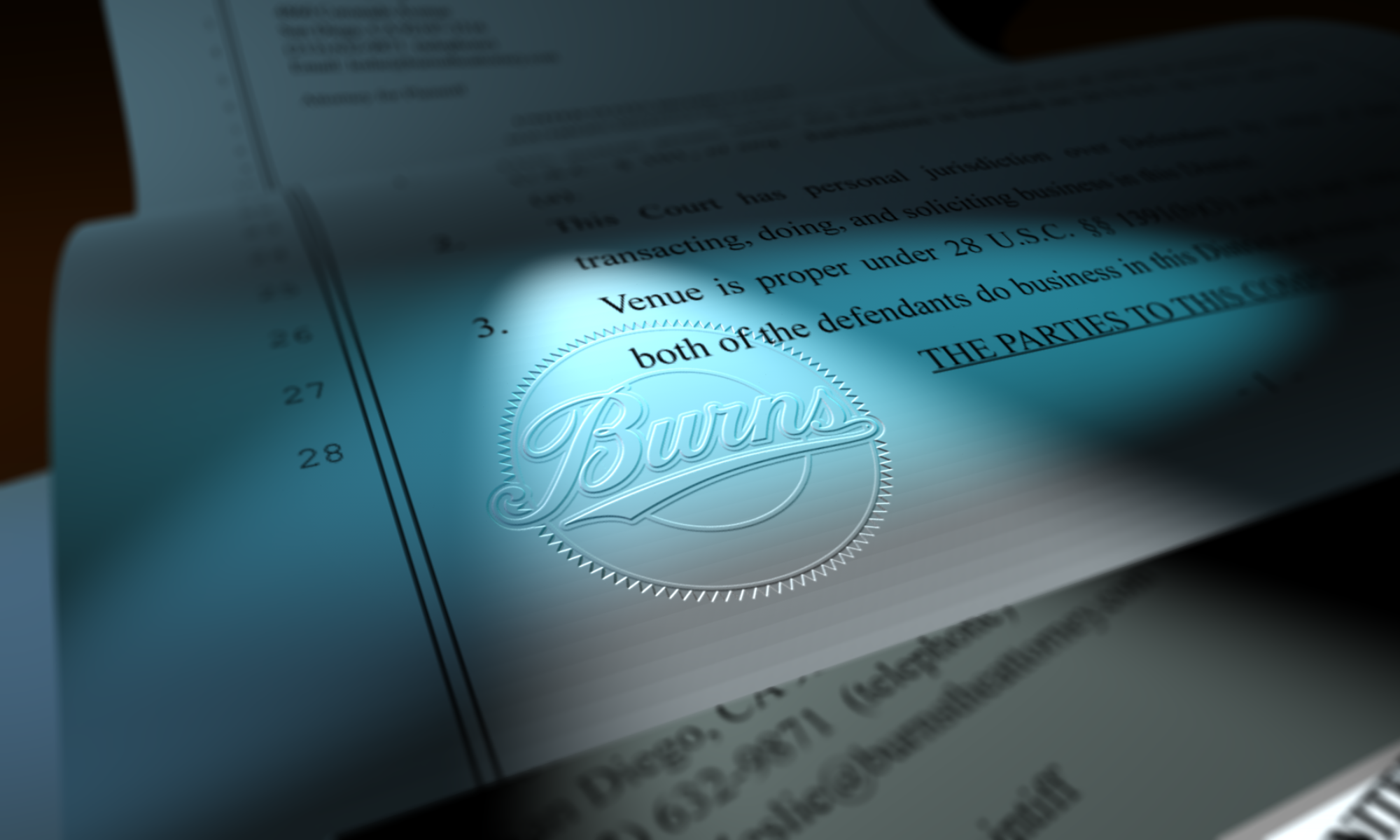The end of the year brings out the compulsion to make lists and I am no exception to that. It is a good time, now, in the days before the new year, to make some plans and changes to your business. Hopefully, the list below will give you some ideas of things you can do in 2017 to have a happier, more productive and lucrative, and more legally prepped (think, preventive) creative business.
- Register your copyrights regularly and often. If you are a photographer, register your copyrights in newly (first) published work every month; you can do this as a group published registration for one fee ($55). For all artists (not just photographers), here are some helpful links to the USCO about how you can register your works: https://www.copyright.gov/eco/help-registration-steps.html, https://www.copyright.gov/eco/help-type.html, https://www.copyright.gov/eco/eco-tutorial-standard.pdf, https://www.copyright.gov/eco/eco-tutorial-single.pdf.
This is the cheapest insurance you can get–remember that a the minimum statutory damages for an already registered work is $750, more than the cost of your registrations. - Stay aware of changes in copyright law and registration procedures. Things change and keeping up will make your life easier (like there will probably be a new way to register group unpublished photographs, soon). To stay informed, read this blog and others like my mentors (photoattorney.com) and copyrightalliance.org.
- If you havent yet (and dont feel bad–many of you havent), get separate business banking accounts, credit card(s), insurance, and software to track it all (like Quickbooks, Xero, etc.).
- Run your business like a business, including: get things in writing, including (especially!) your licenses and contracts (and invoices, etc.); have strict policies about payment schedules (like 50% up-front) and stick to them; and, pursue infringements so that you protect your rights and dont let people rip you off.
- If you do work for free or on a discount, from now on, do it right. First, only do it because you want to (like you get total creative freedom or its a charity you want to help). Second, invoice the client, even if the total due is $0. How? Like this:
Creative Fee: $2000
License Fee: $8000
Total Fees: $10,000
One-time Discount: -$10,000
Total Due: $0
This shows the value of your work and for the license; if anything goes wrong later, the invoice can be used as evidence for those values (this will make your lawyer happy; note also that the license fee is greater than the creative fee which will make your lawyer extra happy, see here for more). - Plan time off. Im just as bad as most small businesspeople on this one so dont beat yourself up over it, just make it a priority this year. If you lose one project for a vacation, it is totally worth it as all the science shows you will be more creative and productive after the vacation.
- Work a reasonable schedule. Especially if you work from home, its vital that you have work time and not work time. Schedule a reasonable number of hours per week (like 40) and if you need to work more sometimes, then work less another. Relatedly, when you are working, you are working, so no kid interruptions or the like. If at all possible, have a separate space (room) for your work (the IRS will like you better for that, too).
- Pay others on time. This is just good to do, even when your clients string you on. Others behaving badly does not excuse you doing the same, so knock off that excuse. Also, in California, you must pay your crew and talent in full on the final day of any project. No exceptions (except for motion pictures, sort of). See https://burnstheattorney.com/2016/08/pay-your-people-now/
- Plan for the future: marriage, divorce, and death. As a creative professional, these life events have an extra impact because the copyrights you create are very seriously affected. See https://burnstheattorney.com/2016/08/i-do-what-did-i-do/ and https://burnstheattorney.com/2016/09/thinking-long/
- Make archival prints of your best work (at least) and back up everything connected with your business in multiple ways. This is really imprtant for many reasons. First, I think having tangible work is great. There is a big difference between opening a file on your Mac and opening a file in a drawer and finding the work there. See (from my old blog) http://www.burnsautoparts.com/blog/2014/01/09/tangible-matters/. But more importantly, if you keep your job files in print, you wont lose the contract due to some digital hiccup. Think about it–how many of you have a zip drive now? At least, do the 3-2-1 system. This guy has it right.
